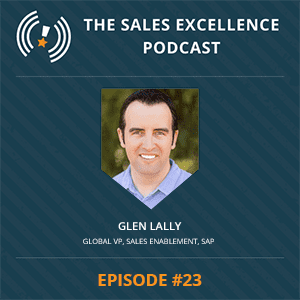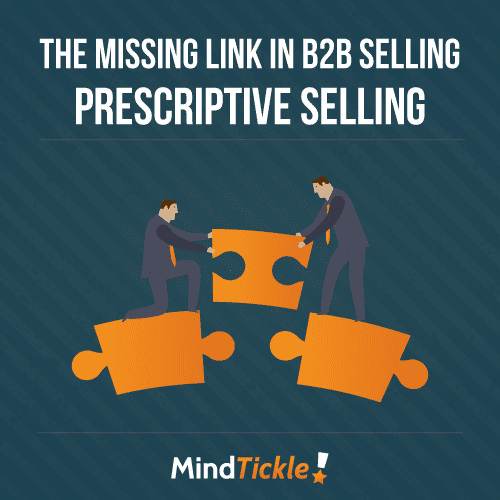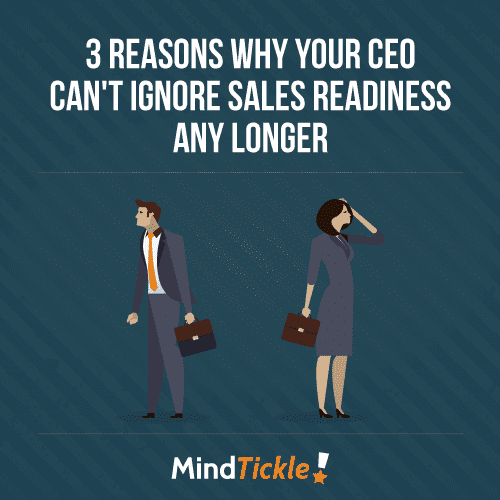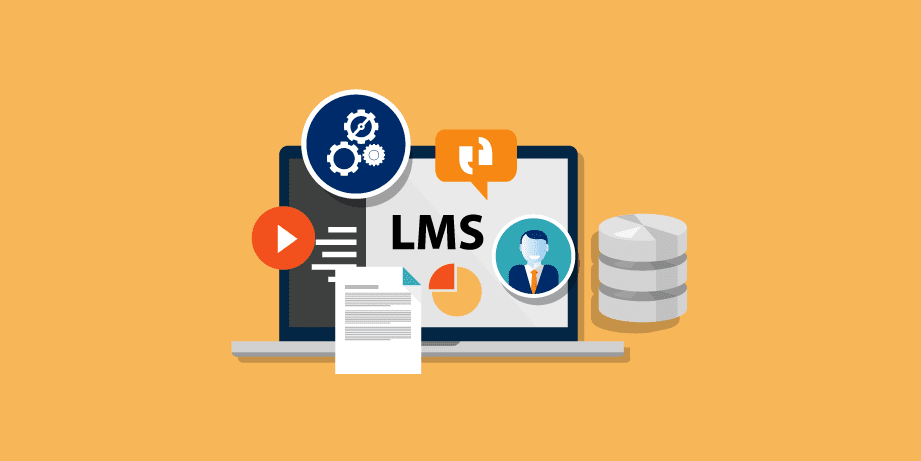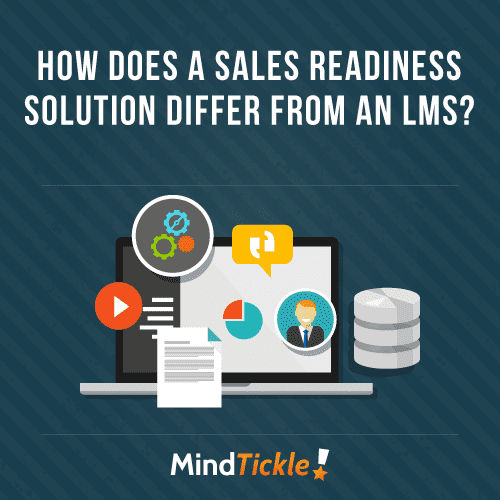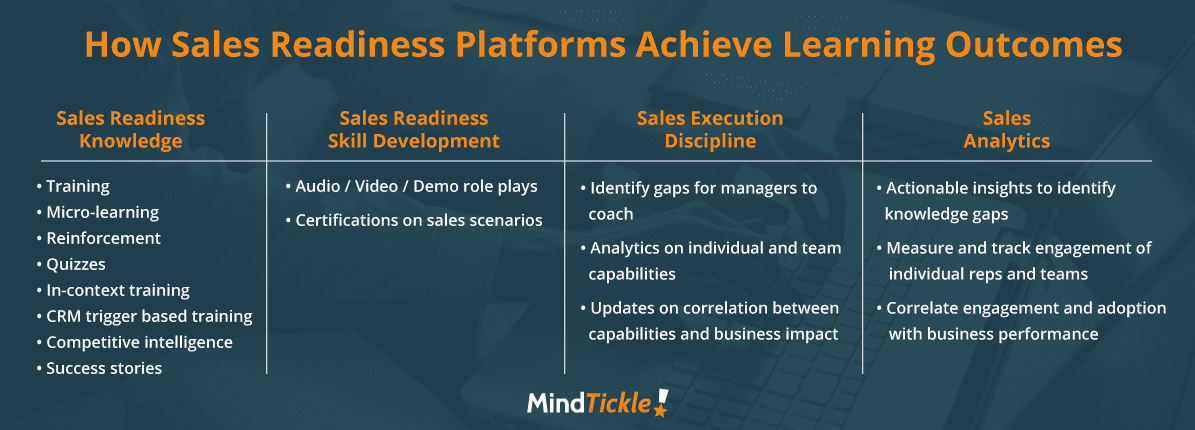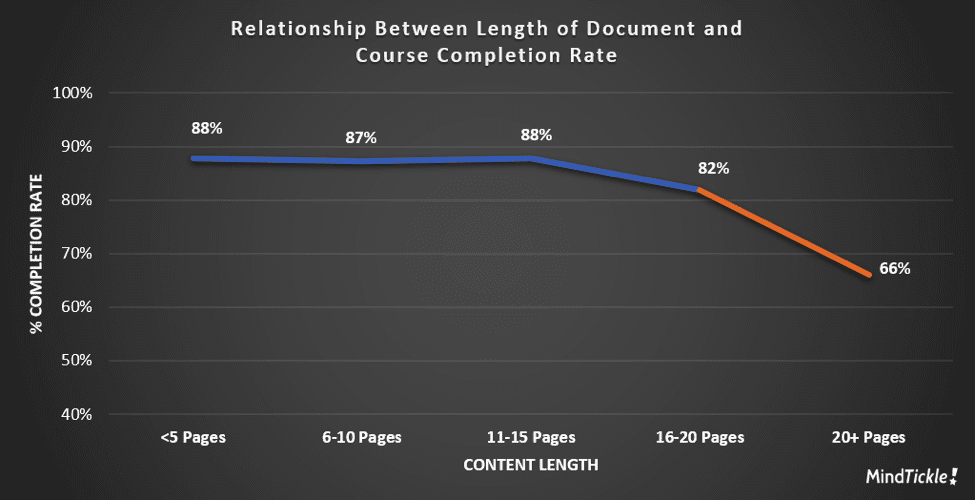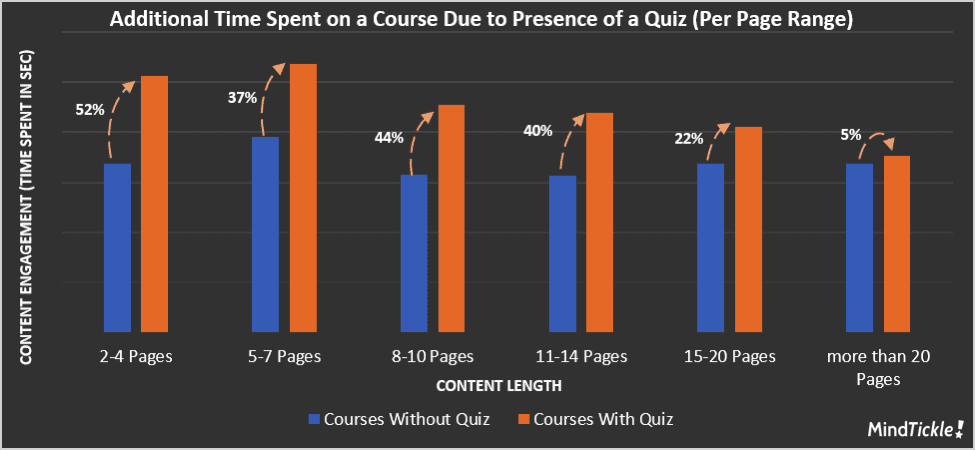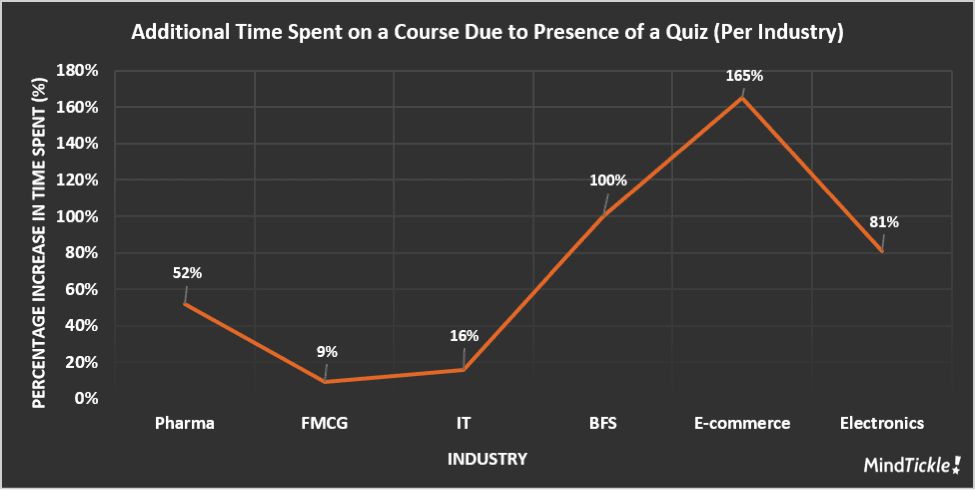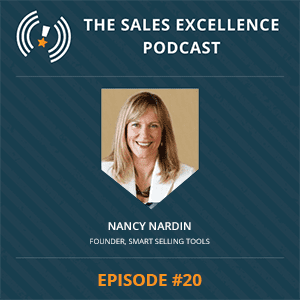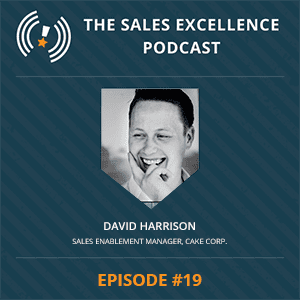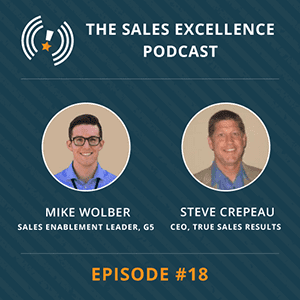Building a Business Case for Sales Readiness: Step 1 – Identify Your Pain Points
“If I had an hour to solve a problem I’d spend 55 minutes thinking about the problem and 5 minutes thinking about solutions.”
― Albert Einstein
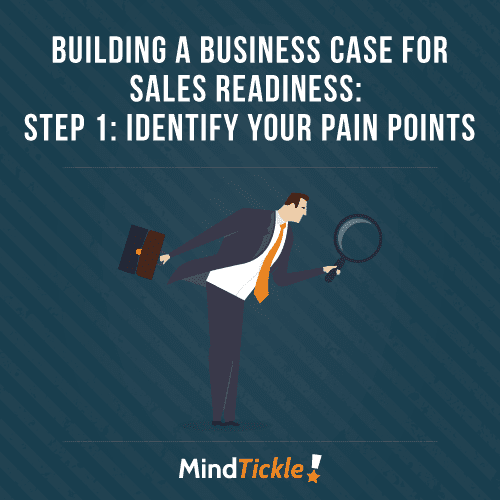

But if you told them that the number of reps attaining quota is dropping – from 63% to 53% over the last 5 years – and they could turn this around with specific readiness initiatives, like structured coaching then they may take notice.
Over the next three posts, we’ll outline how to put together a business case for sales readiness that will have your leaders asking where to sign up.
The first step in putting together your business case is identifying what problems sales readiness will solve for your business. To determine what needs to be solved you first need to determine what your pain points are.
Pain points aren’t always obvious so cast your net wide
Pain points are not always easy to identify and they may be different depending on who you ask. That’s why it’s important to gather as much information and as many data points as you can from relevant people internally.
To gain champions internally your business case needs to be aligned with the priorities of the business. So work with Sales Ops to understand where most of your leads drop-off. Enabling your team with competitive insights could be the solution to a $20 million problem, or certifying your reps to do demos could improve your top line by $10 million. By collaborating with Sales Ops you can determine which couple of initiatives present the biggest opportunities and park any that are secondary. By partnering with Ops when presenting to leadership, you also strengthen your positioning.
Sales leaders are not the only people that should be interviewed though. Speak to your end-users and then analyze their responses to see if there are any overarching trends. While you won’t be able to resolve each of their individual tactical problems, if all your reps seem to be struggling at the same point in the sales cycle or with their demos, for example, then you can see where your biggest problems lie.
But it’s not just important to talk to the top 20%, the middle 60% and bottom 20% should also be included, cast your net wide to determine the true issues. For example, if all your reps are complaining about their win rates, then you have a place to start, but if it’s only one group of reps then it may be a reflection of your onboarding program, or something else.
To really identify what’s actually causing some of your problems will require some deeper digging. For example, CSO insights found that aligning the sales process with the customer journey can have a marked impact on win rates, as much as 15%. But before jumping to the conclusion that this will solve your problems, speak to your reps and determine if misalignment with the customer journey is actually part of the problem. Even if it is, there are several ways that this root cause can be addressed – from content for each stage of the buyer’s journey to training, coaching and tools. To determine which combination of these is right for your business and will give you the biggest bang for the buck you need to dig deeper. In this process, you need to connect the dots between what the problem looks like and what is really causing it.
It’s good to be creative when looking for information about pain points and perhaps look beyond your own people. For example, some companies conduct buy cycle reviews to identify issues in their win rates. This involved new sales reps interviewing clients of deals that were recently won, lost, or ended as no decisions to find out what went right and what went wrong. The information is invaluable and may highlight some customer issues that your reps or sales leaders aren’t aware of.
It’s also important to work with sales ops to identify the top areas for improvement. They have access to the data and are most familiar with analyzing the information and your CRM. A common problem for many companies is the amount of non-selling times their reps are doing. Sales Ops may already have data available on this, so partner with them to find a solution.
For example, research has shown that the average rep needs to update over 300 CRM records per week.
If each record takes just two minutes to update that’s 600 minutes, or 10 hours, a week. If you and Ops can find a way to halve that task, that would give each of your reps an extra hour a day to sell.
So speak to them to see if they’ve identified any issues. Perhaps they’ve noticed gaps in your CRM data or have identified some parts of the pipeline that are lagging behind benchmark indicators.
Armed with all this information you’ll be ready to start really getting into the root cause of your issues. In the next post, we’ll discuss how to define your problems and calculate the value you can add by fixing them



